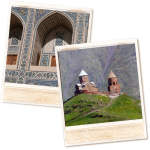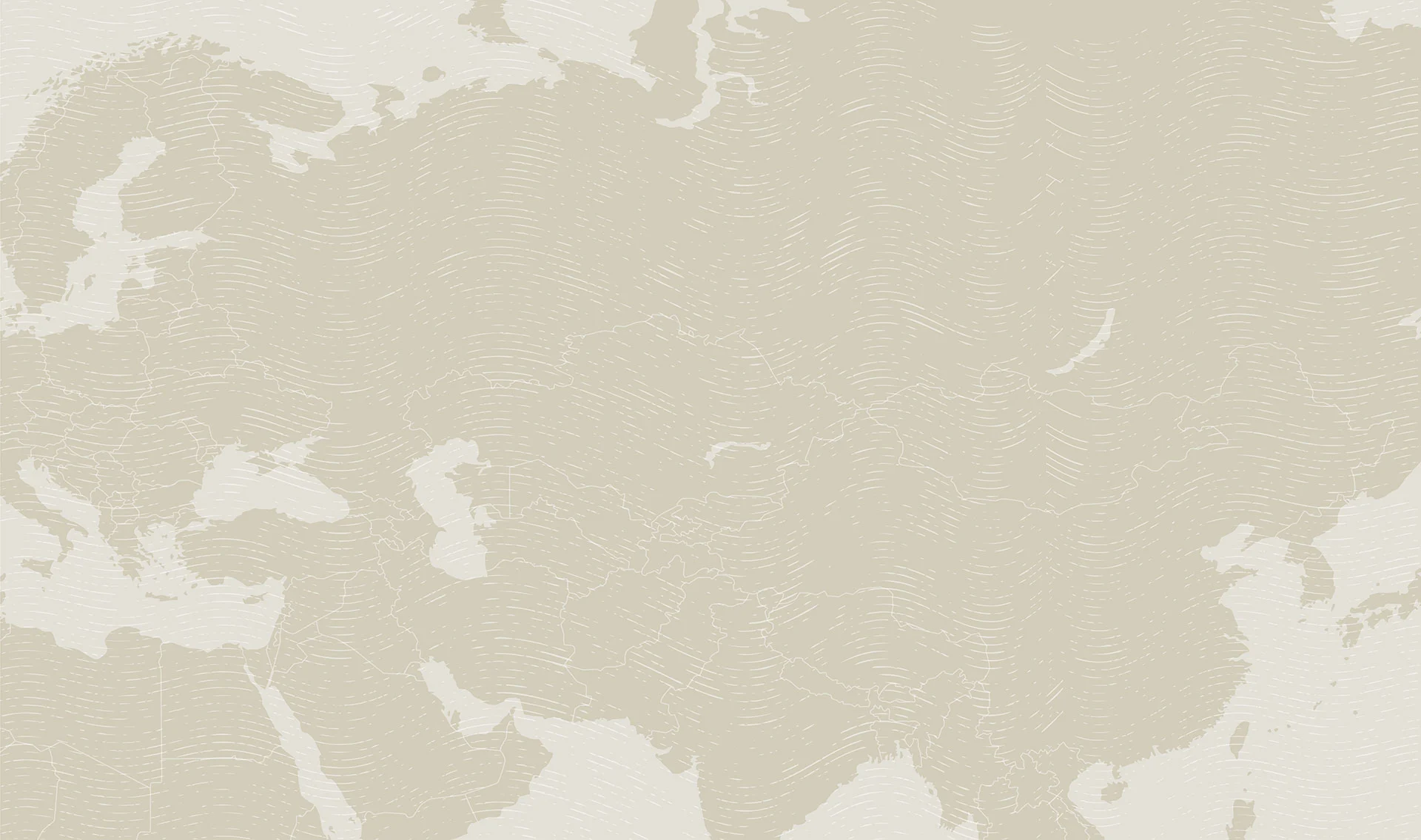Photo credit: Jake Smith
Returning to Iraq
Beyond the headlines, Iraq reveals faith, history, and human connection
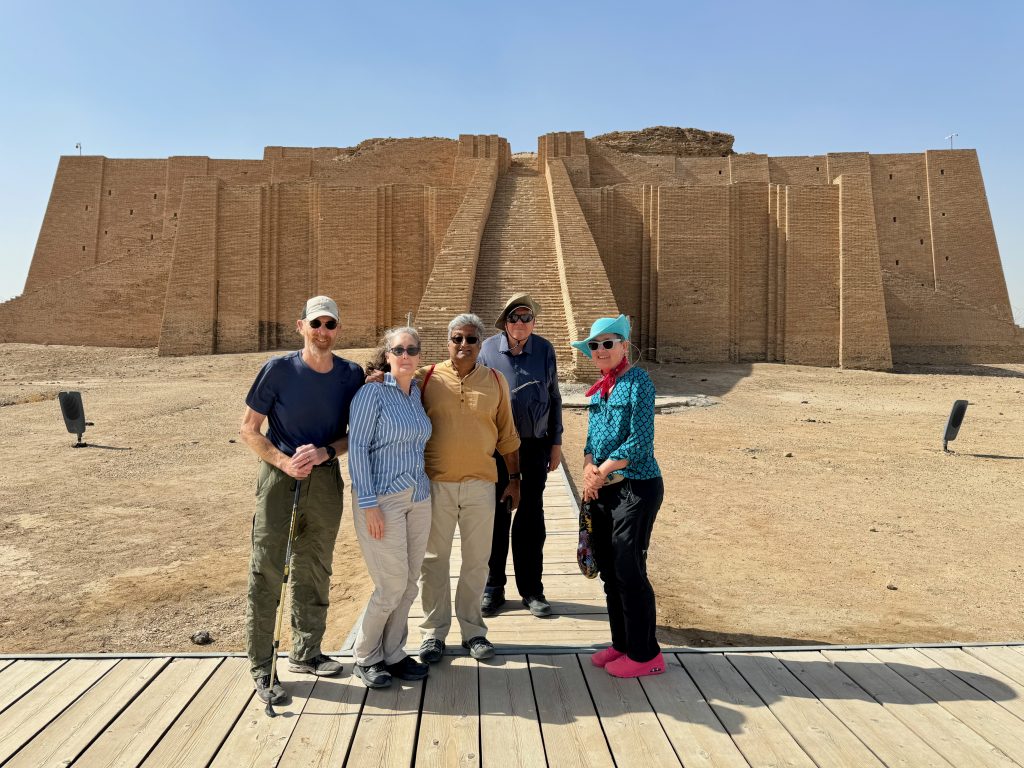
My first trip to Iraq was in the spring of 2023. I went with a group of motorcyclists, crossing the Jordanian border with them and accompanying them as far as the northern Kurdish city of Erbil. That journey left a lasting impression, and as I thought about returning to Iraq, I realized how much my perspective had already shifted. I wrote a blog about my first journey, and my concluding paragraph in that blog reads:
“Before, in my mind, Iraq meant only danger, war, and suffering. Those parts of Iraq are real and important to acknowledge. But Iraq’s story is not so simple, and, certainly, it is not all dark. Iraq, for me now, also means families out enjoying an evening ice cream together at a street café in Baghdad. It means Yazidi kids happily posing for photos against the incredibly scenic backdrop of Lalish. It means Shia militiamen who couldn’t care less that I am an American (other than joking with me about it). It means a bustling bazaar filled with shoppers in the old town of Erbil. Travel can have that power. Travel can forge connections and shape one’s understanding of the world, especially in places like Iraq. I want to go back already, and the next time, I’ll leave my apprehension behind.”
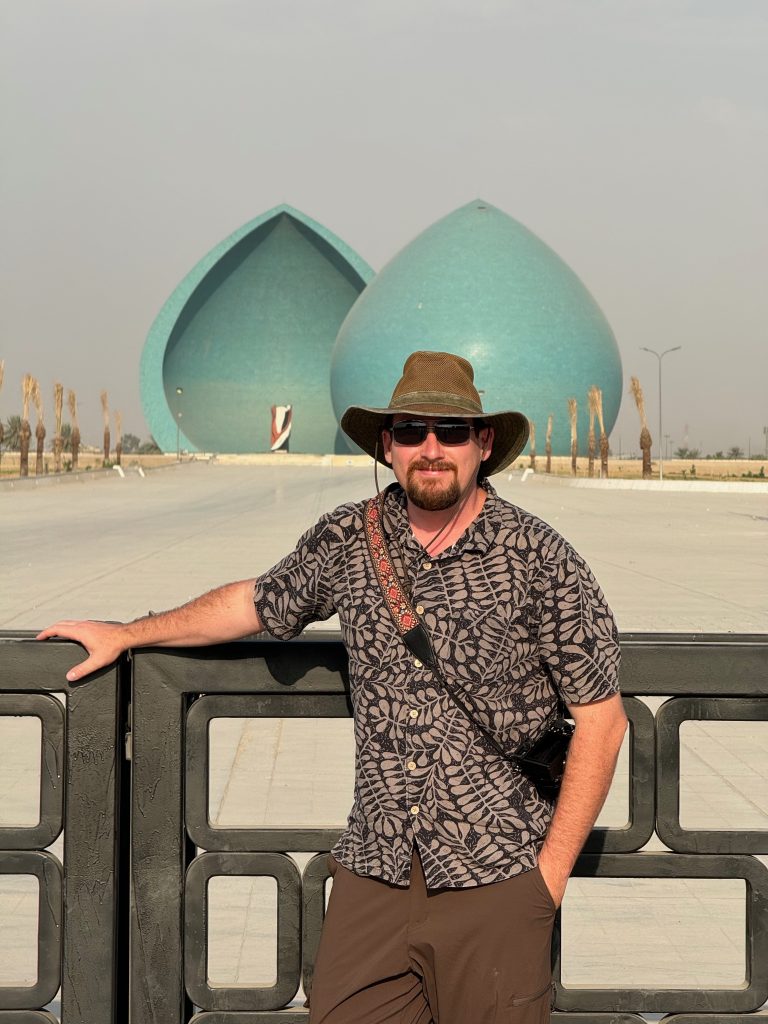
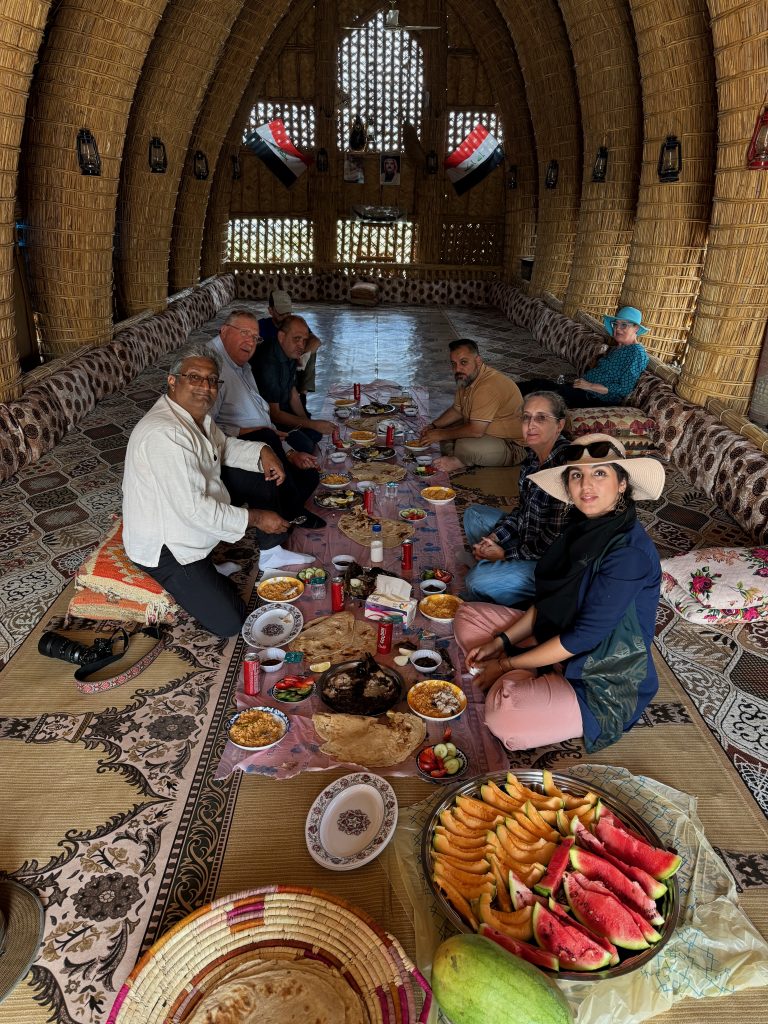
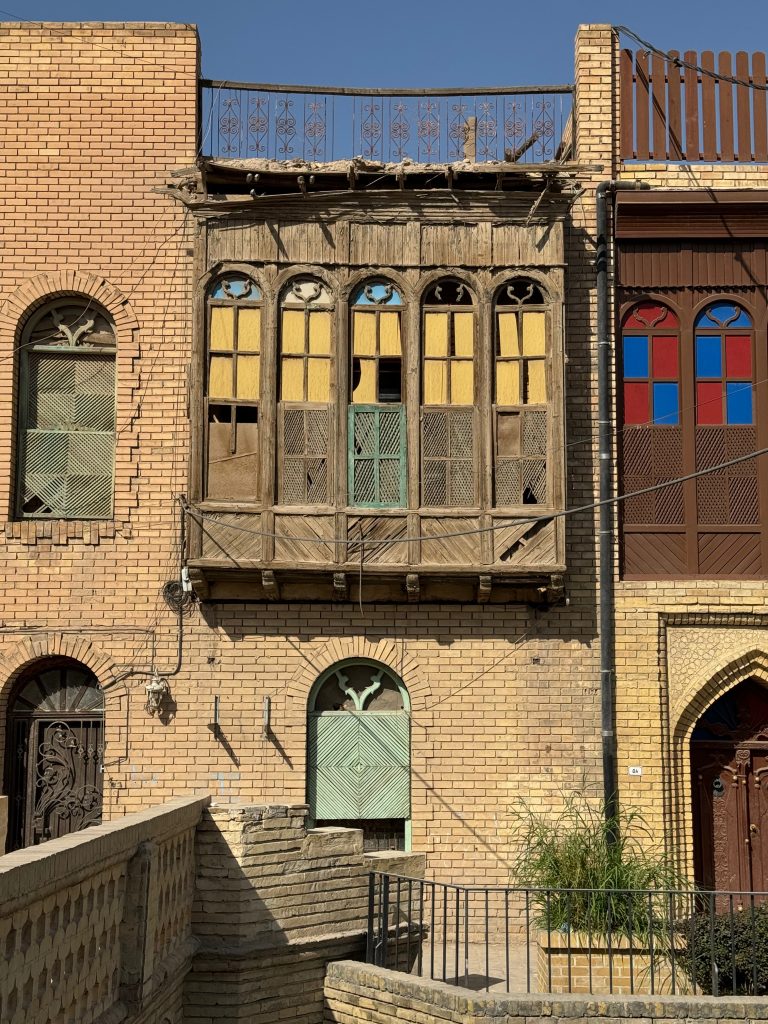
Well, just over a year later, I went back. Despite what I had written, I was yet again a bit apprehensive. The summer and fall of 2024 were a time of great tension in the Middle East, even more so than when I had visited Iraq in 2023, and there was no avoiding the influence of all the negative news out there. I am glad I worked through my fear and went back though. Just like the first time, Iraq did not disappoint.
This time around I was traveling with MIR’s regularly scheduled Modern Mesopotamia small group tour. We started in Baghdad, then visited Babylon, Karbala, Najaf, Nasiriyah, and Basra. The first part of the tour was familiar territory for me. I had visited Baghdad and Babylon the last time around. The rest was new. Here are my four favorite experiences from those places that were new for me:
1. The Shrines of Karbala and Najaf
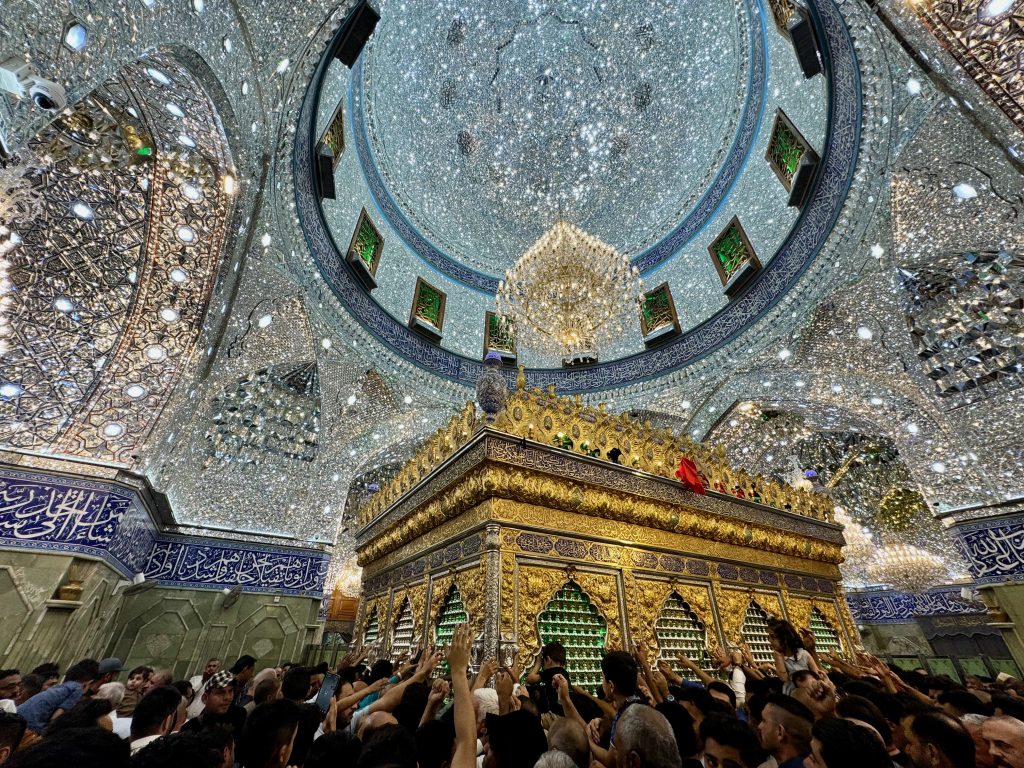

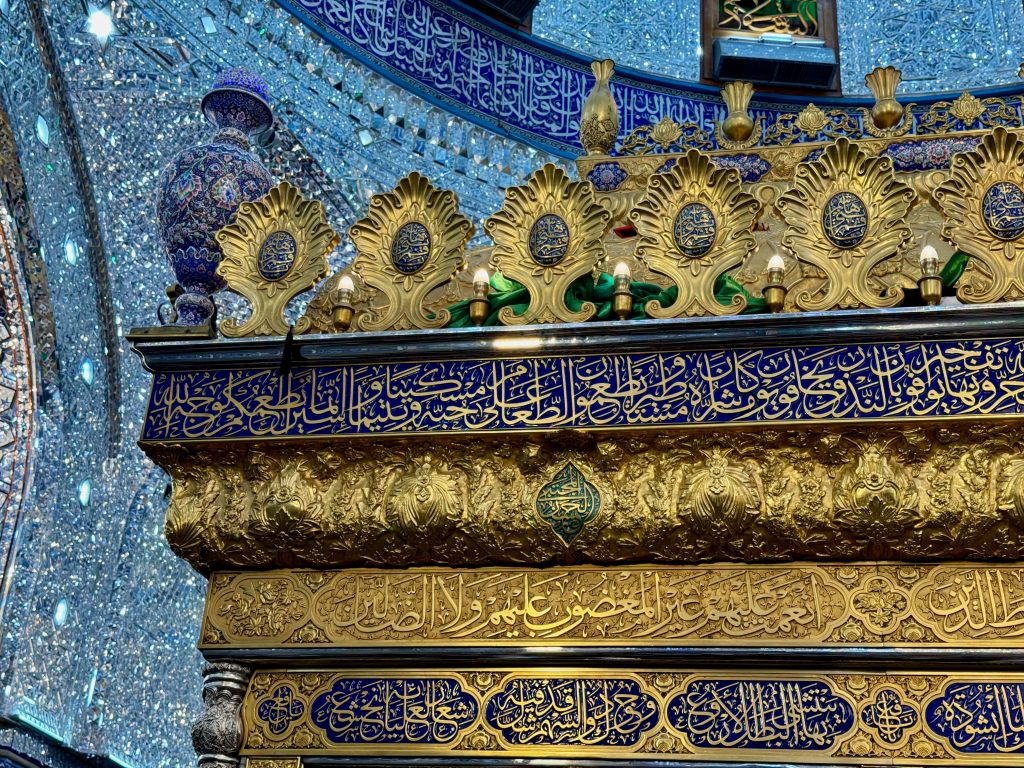
The iconic gold-domed shrines and mosques of Iraq’s Shia pilgrimage cities (Karbala and Najaf) constitute some of the most impressive (and ornate) Islamic architecture on the planet. They are truly spectacular, inside and out. They are also welcoming and open places. Unlike certain other Islamic sights throughout the region, non-Muslims are welcome to enter and respectfully view the sites. The experience was humbling. It was crowded, yes, but also an opportunity to witness something few non-Shias have been able to see. I saw men weeping as they mourned the martyrdom of Imam Husayn. I saw peaceful prayer and contemplation. And, of course, kids laughing and playing throughout. All against one of the most magnificently ornate backdrops I have ever seen.
2. Sumerian Ur and Uruk
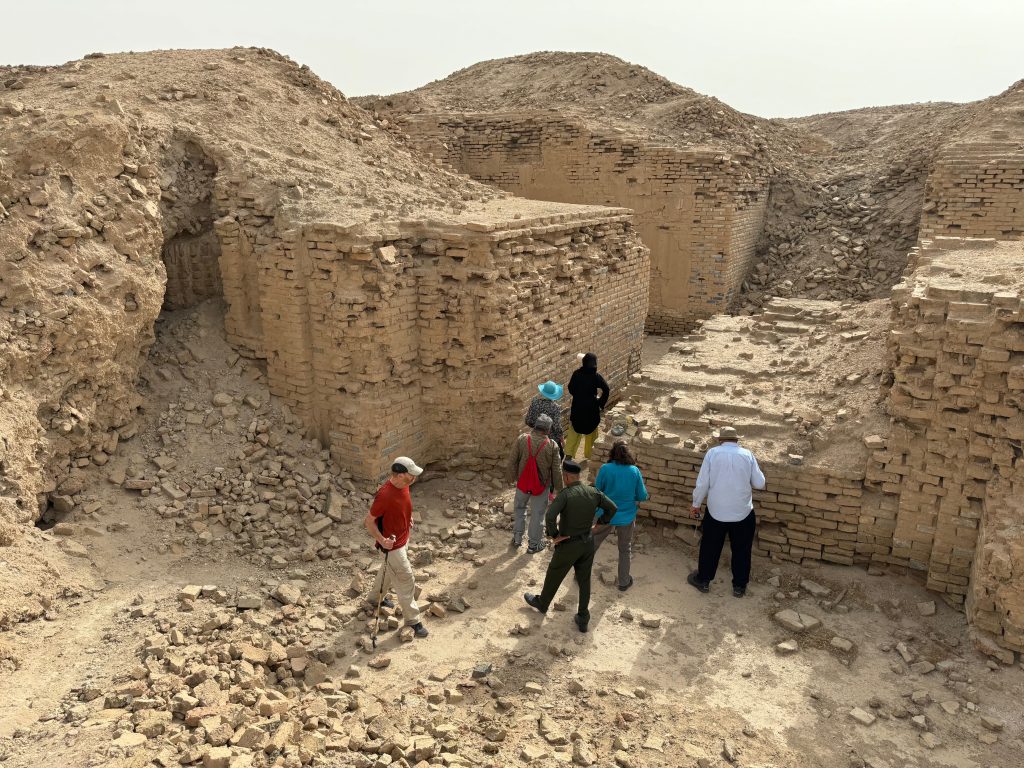
Located near Nasiriyah, the ancient Sumerian cities of Ur and Uruk are UNESCO-listed and high on the bucket list for anyone interested in the history of Mesopotamia. Wandering through the excavations and millennia-old ziggurats at these sites puts a lot of the modern news about Iraq into perspective. The country has a truly ancient history and has persevered through so much. The two ancient cities are quite different from one another. Ur is more developed with a walkway and partially reconstructed ziggurat. Uruk is less developed and at times it feels like you are an archaeologist exploring it for the first time, amidst the expansive desert scenery. At one point our guide reached down and picked up a piece of rock. Turning it over, he showed us cuneiform inscriptions that had been etched millennia ago and left by archaeologists in situ on the desert floor.
3. The Mesopotamian Marshes
Though associated with desert, Iraq is a land of diverse landscapes. In the north agricultural land, mountains, and even forests cover much of Kurdistan. The south of Iraq is more solidly desert, but with a big exception. As the Tigris and Euphrates approach one another outside of Nasiriyah, they form a large marsh, thickly vegetated by reeds, cattails, and papyrus. We stopped by the home of a local Marsh Arab family and went on a boat through the marshes, weaving through channels in the reeds and spotting water buffaloes, kingfishers, songbirds, and egrets as we went. The green of the reeds and all the water makes for a sharp contrast to the khaki deserts that surround the marshes. After the boat ride we sat down for a traditional meal of masgouf (fish roasted over an open fire) and rice.
4. Dessert in Basra
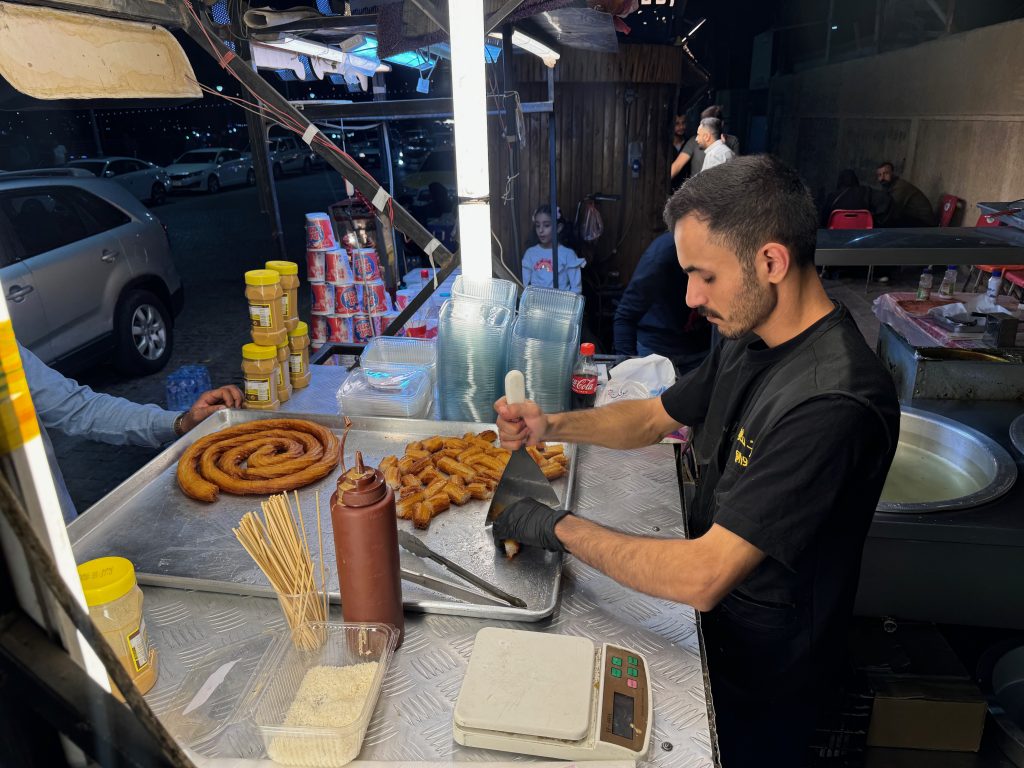
On our last evening in Iraq, after the farewell dinner, I took a few of the group members for a walk on Basra’s riverside corniche, which is a path along the Shatt al Arab lined with food vendors. The area is popular with families, so it made for good people watching. We stopped off at a stall selling datli, an Iraqi dessert similar to a churro, but topped with tahini and date syrup. I also got a small coffee from the next food stall, thinking that the bitterness of an Arabic coffee would complement the sweet dessert well (and it did… which is why the stalls were next to one another, no doubt). We watched the vendor make the datli and after enjoying it and the coffee we tried to pay.
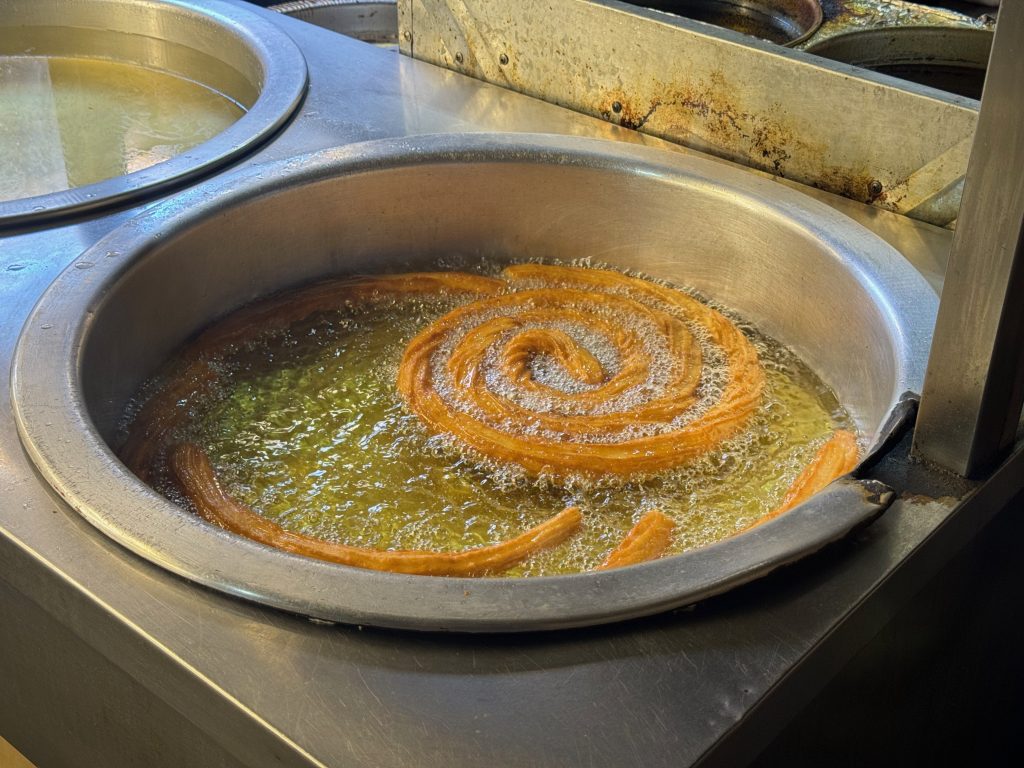

The datli vendor staunchly refused, telling us that we were guests and that he could not accept any payment. I then tried to pay the coffee guy. Same story. They wouldn’t budge. We were guests and would not be permitted to pay. After smiles and handshakes, we left and got in a taxi back to the hotel. This was a wonderful way to end another amazing journey through Iraq.
If you are interested in visiting Iraq, MIR still has spots available on the upcoming departure of Modern Mesopotamia, November 12-24, 2025. The tour takes in all of the sights and cities I have mentioned in this blog, but now also includes Erbil in Kurdistan, plus additional ancient Mesopotamian sites including Hatra, Ashur, Nimrud, and Nineveh. It is a well-rounded exploration of the country, taking in all the highlights both modern and ancient. We’ll also be operating the same tour in 2026 with departures in February and November. Please reach out if interested! You won’t be disappointed!






